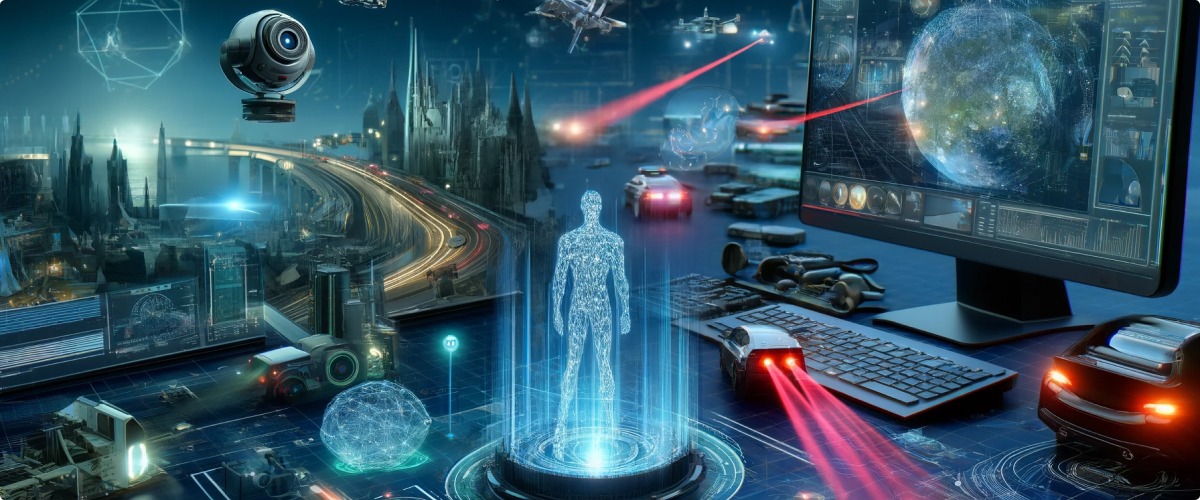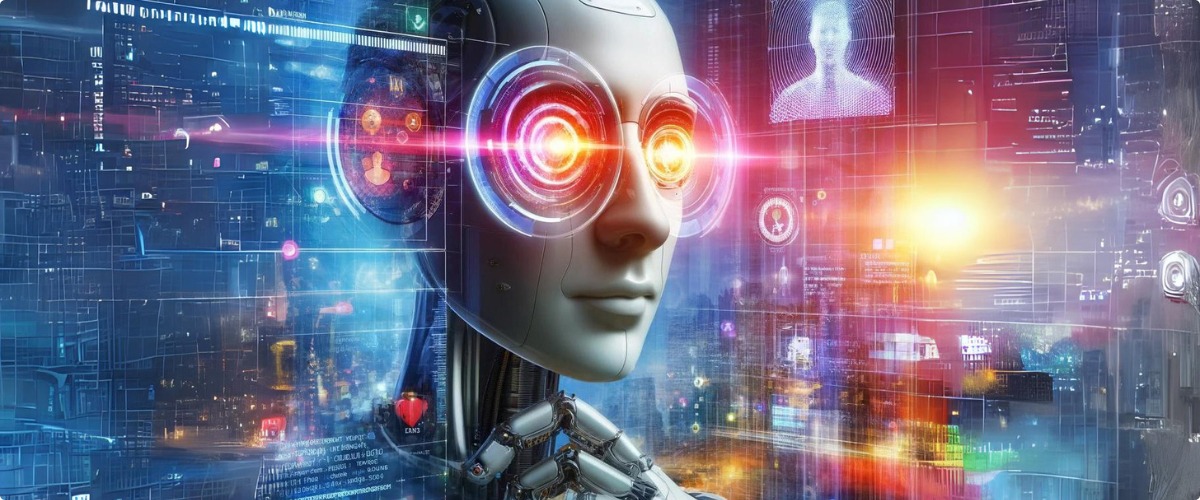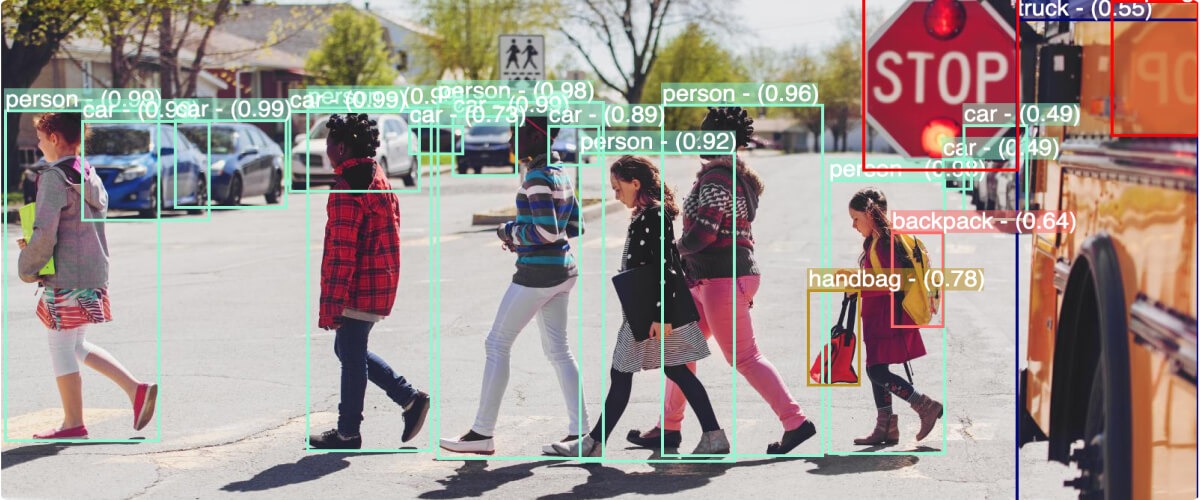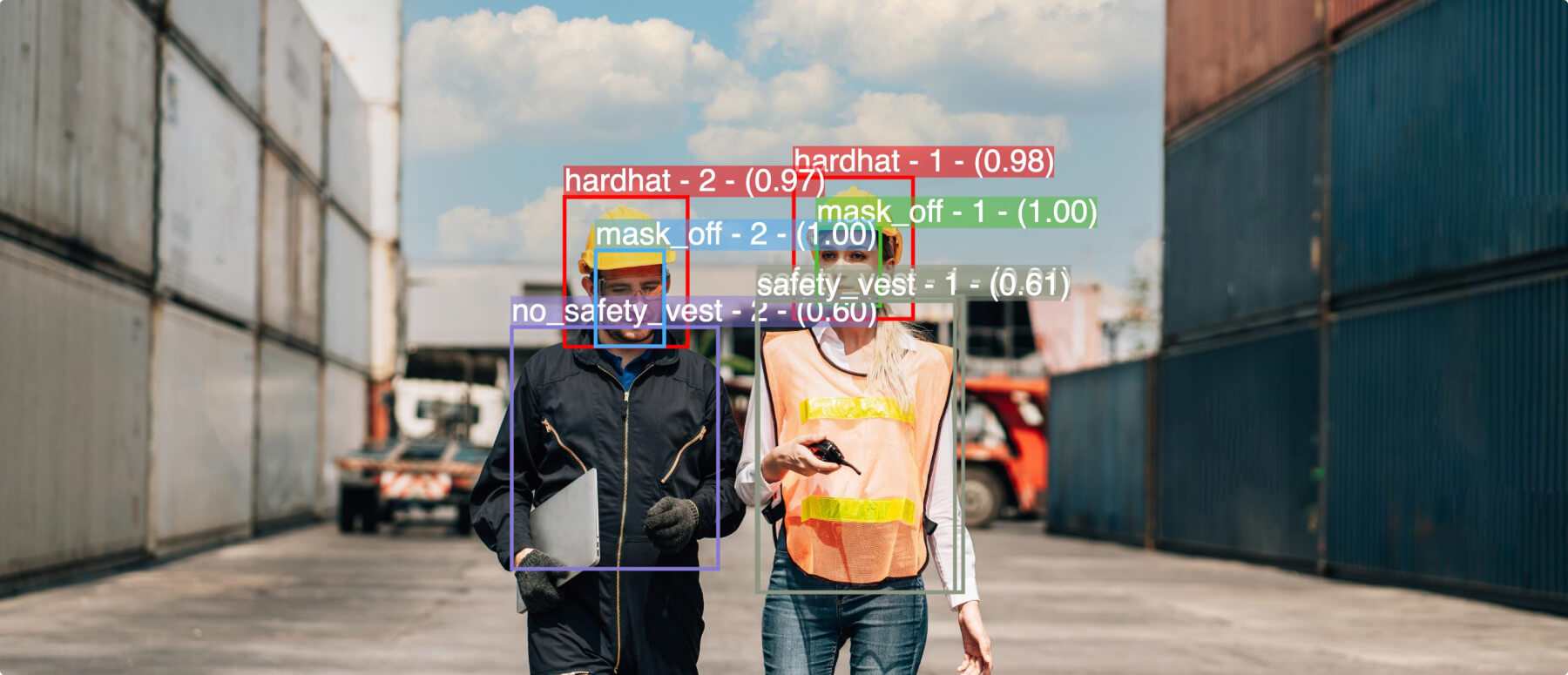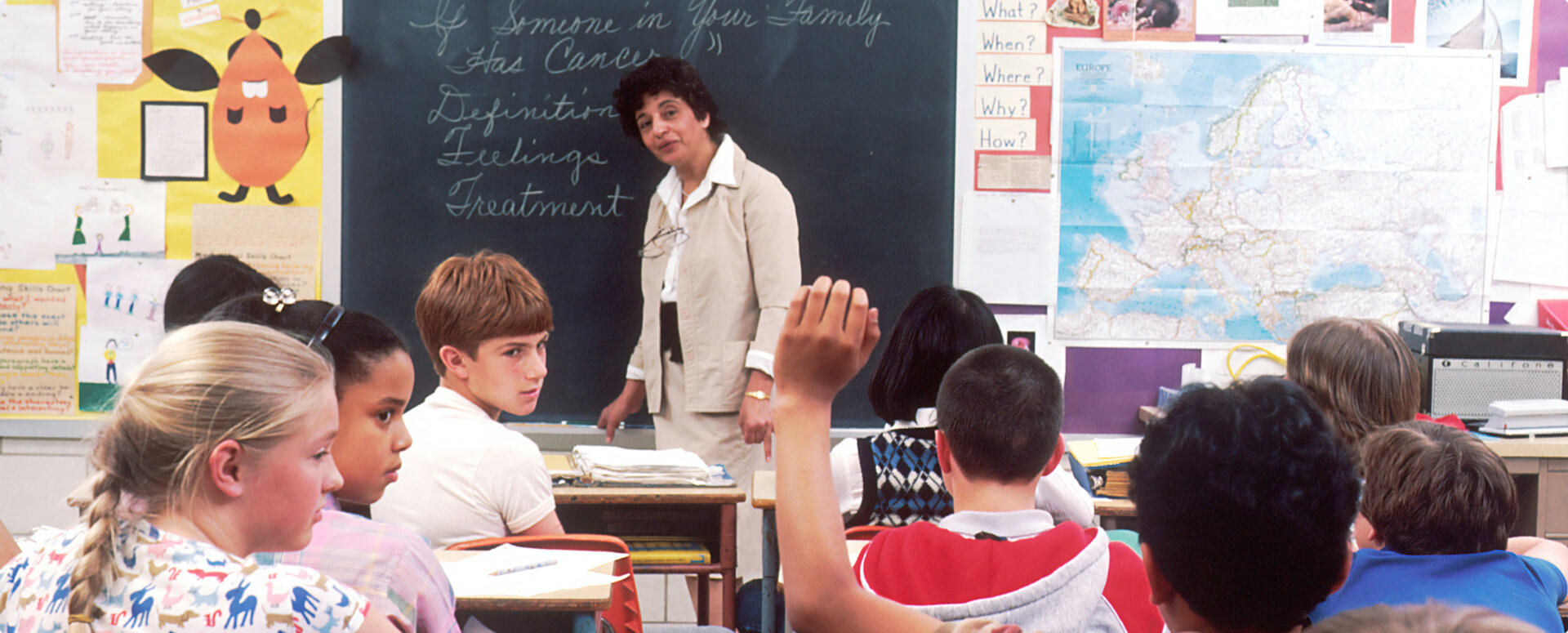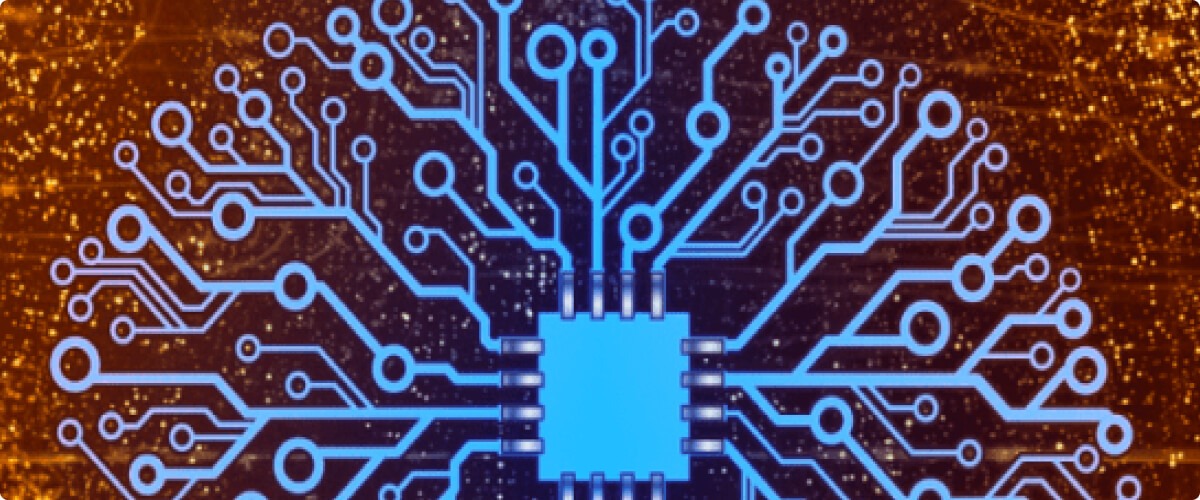The field of computer vision has made immense strides in recent years, enabling machines to make sense of the visual world around them with amazing accuracy. But the innovation train shows no signs of slowing down. This blog post shines a light on 7 promising computer vision breakthroughs that are primed to drive impactful change across industries in the next 3-5 years.
1. Automating Document Flows with Intelligent Processing
If you’ve ever had to manually process paperwork like insurance claims, loan applications, or medical intake forms, you understand the headaches of parsing data across various document types and formats. Intelligent Document Processing (IDP) solutions powered by computer vision and natural language processing aim to automate and streamline these documentation nightmares.
IDP can automatically extract and digitize data trapped within PDFs, images, and scanned documents – unlocking new opportunities for enterprises to analyze their unstructured data in intelligent ways. Expect this technology to rapidly permeate industries like banking, healthcare, and insurance over the next few years.
2. Getting In On the Next Dimension with 3D Sensing Cameras
3D Sensing Cameras today excel at capturing the visual world in 2D, but a new class of 3D sensing cameras is emerging that can perceive depth as well. Using advanced techniques like time-of-flight imaging and structured light projection, these cameras provide high-fidelity 3D environment mapping capabilities.
While fun gimmicks like Face ID on smartphones introduced 3D camera technology to consumers, the real game-changing potential lies in fields like robotics, AR/VR, and industrial automation. Imagine autonomous delivery robots that can adeptly navigate complex indoor/outdoor environments thanks to precise 3D vision. That’s just one small example of the transformative impact this technology could have as it matures over the next few years.
3. The Deepfake Dilemma
It’s impossible to avoid the controversial topic of deepfakes – synthetic audio/video fabricated by advanced Generative AI techniques. While deepfakes open intriguing creative and storytelling possibilities, they also pose very real risks of being weaponized to spread disinformation, impersonate individuals, or perpetrate fraud.
AI research firms predict, they’ll be a disturbing rise in malicious deepfake campaigns over the next couple of years aimed at damaging corporate reputations, scamming people out of money, or inciting outrage and mistrust. However, the computer vision community is actively developing countermeasures like digital watermarking and fingerprinting to authenticate real content versus deepfakes. A proactive, multi-stakeholder approach balancing innovation and regulation will be critical.
4. Self-Driving Cars’ Secret Weapon—FMCW Lidar
Lidar (light detection and ranging) sensors have played a pivotal role in helping self-driving vehicles perceive their environments and identify obstacles from a distance. But an exciting new type of lidar called FMCW (Frequency Modulated Continuous Wave) is poised to supercharge autonomous perception.
Unlike conventional pulsed lidar, FMCW continuously transmits laser signals, analyzing the frequency shift of the returned wave to precisely calculate object range and velocity. This elevated perception could be a game-changer for autonomous driving, enabling vehicles to better “see” and understand the world around them in real-time over long distances and challenging conditions like bright sunlight.
5. AI-Rendering the Real World with Synthetic Data
For computer vision models to be effective, they need to be trained on massive, high-quality datasets representing real-world scenarios. However, acquiring sufficient real-world labeled data can be hugely expensive, tedious, and hamstrung by privacy hurdles. This pain point is fueling innovation in synthetic data – leveraging techniques like generative adversarial networks to algorithmically render photorealistic images and video that mimic reality.
Research firms predict that by 2025, the majority of data powering computer vision AI models will be synthetic versus real-world captured. Synthetic data could help enterprises across industries like manufacturing, retail, and smart cities build more capable computer vision without the limitations of manual data collection. Of course, creating synthetic data faithful to reality remains a significant challenge.
6. Going to the Accelerator Pedal for Real-Time Vision
As demand rises for instantaneous video processing and analysis powered by computer vision, a new breed of hardware and software “accelerators” is speeding into the market. Vision accelerators provide specialized silicon processors, software frameworks, and acceleration techniques purpose-built for efficient, blazing-fast deep learning inference on video data streams.
These accelerators could enable game-changing real-time applications like production line defect detection that instantly identifies and removes flawed items, or zero-latency smart traffic systems that automatically identify and respond to hazards. The skyrocketing need for real-time perception is also driving the adoption of edge computing architectures that process data at its source rather than pinging the cloud.
7. Computer Vision Preserving Nature and Wildlife
Beyond industrial and commercial applications, computer vision is emerging as a powerful tool for environmental conservation and studying wildlife behavior. Researchers are leveraging vision AI models to automate tasks like detecting deforestation activities, monitoring threats to endangered species, and tracking animal population changes over time using aerial and satellite imagery.
For example, AI models can be trained on camera trap footage to identify individual animals and catalog species presence across different habitats. This automated approach replaces the need for manual tagging by human experts. Vision AI could help fill critical gaps in our understanding of ecosystems and species dynamics to better inform conservation policies and interventions. As datasets grow and models improve, the potential for computer vision to preserve nature grows in tandem.
Impact of Computer Vision on the Workforce
While many of these computer vision trends are undoubtedly exciting from a technological perspective, it’s crucial to also consider their broader societal and workforce implications. The increasing automation afforded by technologies like intelligent document processing and accelerated vision analytics could inevitably disrupt certain labor segments involved in data entry, document handling, and manual inspection tasks.
As an industry, we must proactively work to reskill and establish support structures for workers displaced by automation – not just disrupt for disruption’s sake. There’s a balance to be struck between harnessing innovation’s productivity gains while ensuring no one gets left behind in the process. These human impact considerations deserve deep thought alongside the technical achievements.
The future of computer vision is incredibly bright, promising to reshape how we perceive and interact with visual information across every domain. But as these powerful computer vision technologies continue advancing over the next few years, we must remain thoughtful about guiding their development in a responsible, ethical manner that benefits society as a whole.
Discover how Chooch helps you deliver real-world value with computer vision AI. Contact us to learn more.

